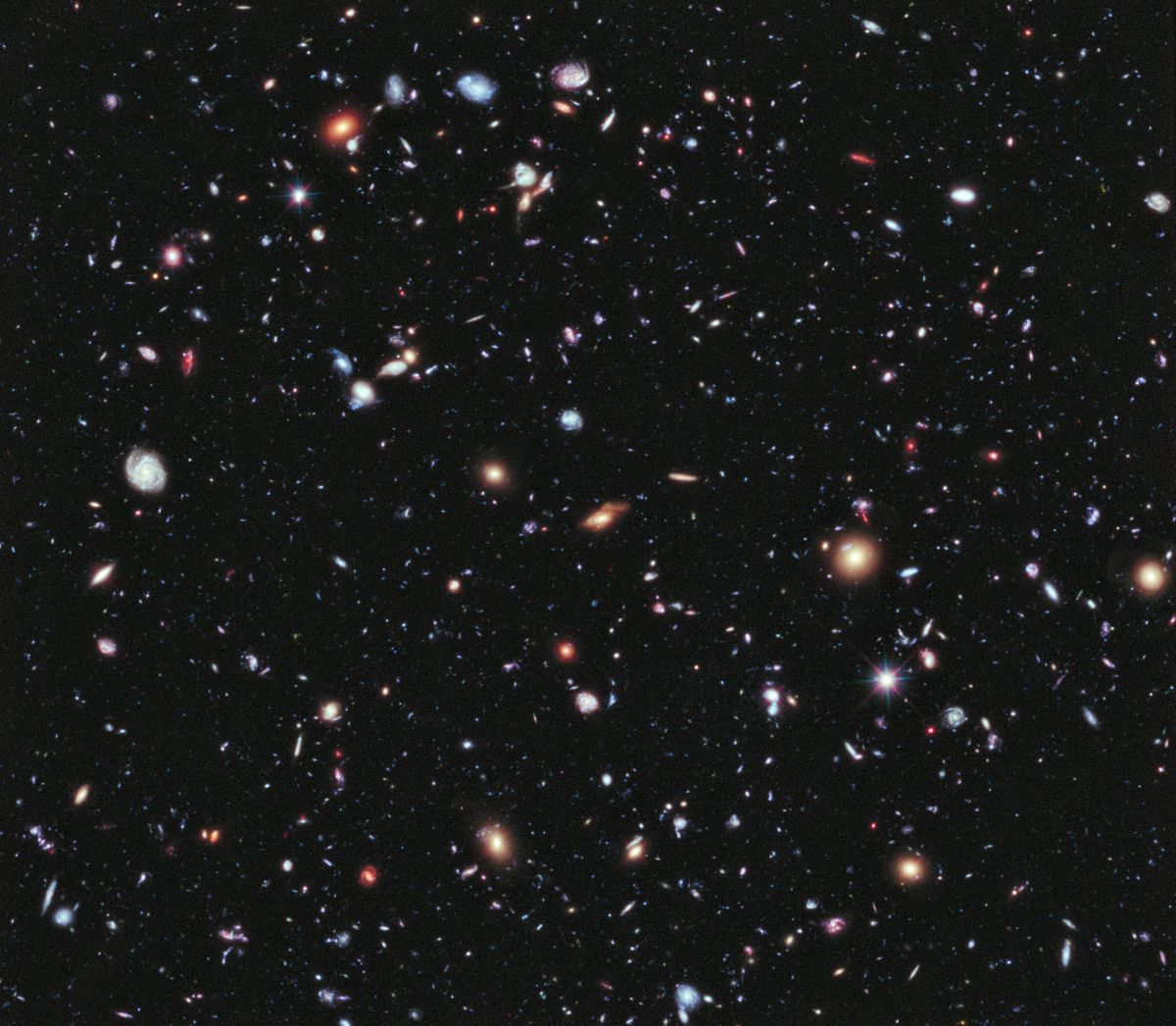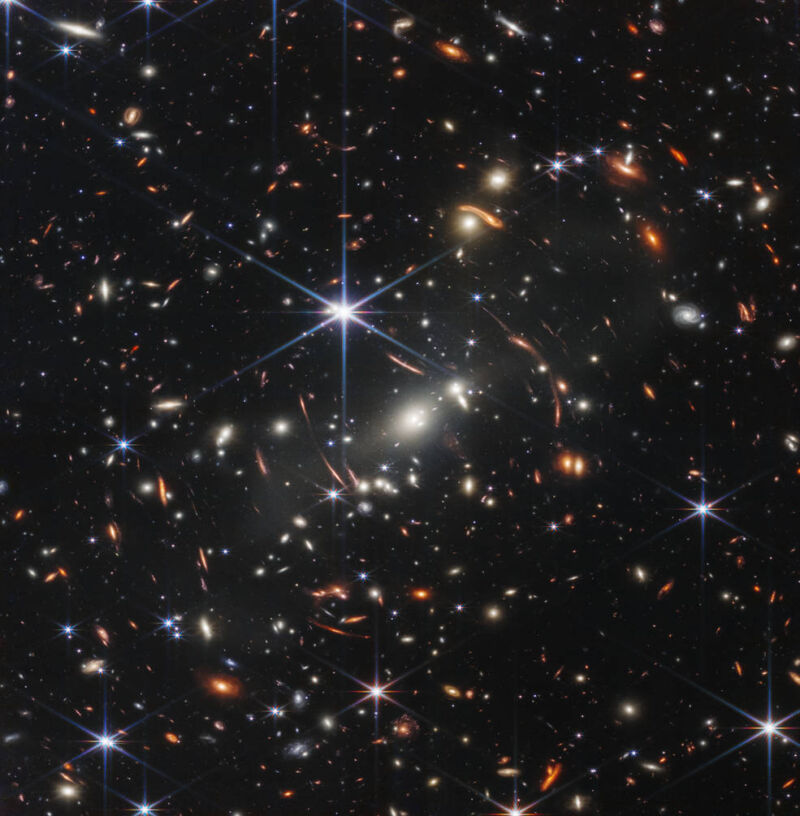More than three decades have come and gone since NASA last built a multibillion-dollar space telescope and commissioned it in space, so plenty of fanfare has accompanied the James Webb Space Telescope.
Unfortunately, the Hubble Space Telescope's primary mirror had been polished incorrectly. So when its first image was revealed in May 1990, the black-and-white result was underwhelming.
But one cannot say the same thing about Webb's first image, revealed Monday by US President Joe Biden and Vice President Kamala Harris during a White House event. "This telescope is one of humanity's great engineering achievements," Harris said just before sharing the photo.
She was right. The image (see full size here) shows the deepest and sharpest infrared view of the distant universe to date—and reveals how immense the cosmos is. The area depicted in this image is equivalent in size to a grain of sand held at arm's length by someone standing on the surface of Earth. This small patch of the universe, alone, contains thousands of galaxies of incredible variety.
The new photo depicts the galaxy cluster known as SMACS 0723, an incredibly massive grouping of galaxies. Due to this supercluster, which is shown as it appeared 4.6 billion years ago, more distant objects in the background are magnified by a gravitational lensing effect.
From this image alone, astronomers can glean important information about the structure of these galaxies, and tease out other details including their mass, age, composition, and more. The image shared Monday evening was a composite of images taken at different wavelengths, during a total of 12.5 hours.
Previously, the best "deep field" image of the Universe was collected by the Hubble Space Telescope. In 2009, NASA released an ultra deep-field image after combining decades' worth of photographs taken by Hubble. The image is the result of Hubble collecting faint light over many hours, allowing it to reveal the most-distant observable galaxies at the time. The image contains about 5,500 galaxies, and the faintest galaxies are one ten-billionth the brightness of what the human eye can see.

The universe is about 13.7 billion years old, and the Hubble image saw back about 13.2 billion years in time, when most galaxies were smaller, growing, and often violently colliding with one another. Webb should be able to see back even further, to identify the earliest galaxies that formed in the universe.
NASA plans to release four additional images on Tuesday morning, beginning at 10:30 am ET (14:30 UTC). Among the highlights is expected to be a study of the composition of the atmosphere of a nearby exoplanet.



3175x175(CURRENT).thumb.jpg.b05acc060982b36f5891ba728e6d953c.jpg)

Recommended Comments
There are no comments to display.
Join the conversation
You can post now and register later. If you have an account, sign in now to post with your account.
Note: Your post will require moderator approval before it will be visible.